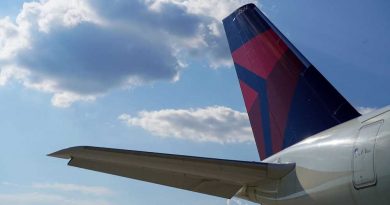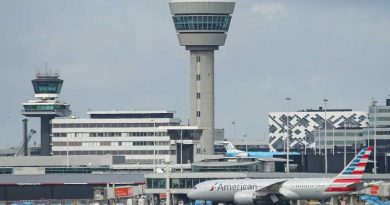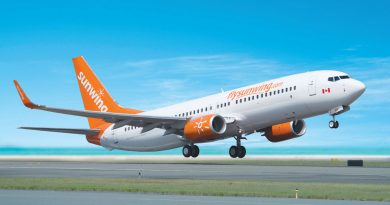United Airlines CEO speaks out on capacity, but is it substance or spin?
United CEO Scott Kirby turned heads in the airline industry earlier this month when he boldly predicted that U.S. airlines, and in particular some discount carriers, will fall victim to more Southwest-style operational meltdowns this year if they push ahead with current capacity plans.
“We believe that the industry’s capacity aspirations for 2023 and beyond are simply unachievable,” Kirby said during a Jan. 18 earnings call.
But while analysts say that Kirby’s warning has merit, it also must be viewed with a degree of caution.
“It’s their version of a story with their spin on it to suit their investors, isn’t it?” said John Grant, senior analyst for air travel data provider OAG. “He’s saying the system is creaky, but don’t worry, we’re in a better place to see our way through than anyone else.”
According to Cirium data, U.S. airlines are scheduled to operate 3.7% more domestic flights during the first half of this year than they did during the rocky first half of 2022 and 9.5% fewer than they did during the first half of prepandemic 2019.
Strategies, however, differ sharply by airline. The Big 3 network carriers (United, Delta and American) as well as Alaska, JetBlue and Hawaiian expect to fly fewer flights than 2019. However, each of those airlines, excluding American, has scheduled more flights from January through June of this year than it flew last year. United has scheduled a 1% increase in flights compared with last year but expects to remain 16.7% below its 2019 domestic total.
Southwest, and especially the ultralow-cost carriers, have been more aggressive in scheduling during the pandemic recovery. Southwest plans to operate 2% more domestic flights during the first half of this year than it did in 2019.
Spirit and Frontier have each scheduled 34% more flights than 2019. Compared with last year, Southwest’s schedule is up 12.7%, while the schedules of Frontier and Spirit are up 12% and 21.4%, respectively.
Kirby’s argument is a multipoint one. Airlines, he said, simply can’t run as lean an operation as they did in 2019, and external constraints will continue to limit growth below the rate carriers would like to achieve.
He estimated that U.S. carriers will need to hire 10,000 pilots this year to meet their goals, but there’s only 6,600 new pilots available. Aircraft delivery delays and other supply chain limitations will also constrain growth. Kirby also said airlines need more staff per flight hour than prepandemic. He noted that sick calls at United were up 19% in 2022 compared with 2019. Outdated FAA air traffic control technology is also slowing the national airspace system.
“The system can’t handle the volume today, much less anticipated growth,” Kirby said.
The Big 3 U.S. airlines have big advantages
But Kirby’s analysis was as much about United’s relative strength as it was about industry constraints. The Big 3 airlines, he said, are best positioned to grow despite existing challenges. They have the most to offer pilot candidates and along with JetBlue have the most modern IT systems.
United, in particular, moved quickly during the pandemic to upgrade its IT systems, Kirby said, and to make structural changes geared toward improving reliability.
In some respects, Kirby’s observations are already playing out. According to the most recently available Bureau of Transportation Statistics data, U.S. airlines had 4.8% more employees in November than three years earlier, despite diminished flying levels.
And at least one budget carrier already appears to have recognized that its growth strategy has been overly ambitious. For the first half of this year, Allegiant has scheduled 2.8% fewer flights than the prior year.
In 2022, Allegiant flew 14.8% more flights than it did in 2019. But the carrier also canceled 4.43% of its flights in 2022, the most among the 10 largest U.S. airlines, according to OAG. (United had a network-wide cancellation rate of 2.57% last year.)
OAG’s Grant, despite his circumspection, said that United does indeed have some advantages over other U.S. airlines. For example, United does relatively less flying to Florida, where air traffic capacity is especially constrained, than network competitors American and Delta, providing it with a structural edge.
Brett Snyder, an analyst who pens the Cranky Flier blog, noted in a recent post that by speaking about the pressure currently facing discount carriers, Kirby is offering music to the ears of United shareholders.
“That being said, Scott has a strong track record when it comes to predicting macro changes,” Snyder wrote.
Source: Read Full Article



